Summary
The pond is filled with various fish species, including rainbow trout, largemouth bass, bluegill, and crappie. The most prevalent fish species in the pond are rainbow trout, making it a prime location for trout fishing enthusiasts.
Aside from fishing, visitors can engage in different activities like camping, hiking, and wildlife viewing at the nearby Sawtooth National Forest. The forest has an extensive trail system that offers hikers a chance to explore the area’s natural beauty.
Fishing tips for Conger Pond would include using live bait, such as worms, to attract fish. Anglers may also try using artificial lures, like jigs or spinners, to catch larger fish. It would be wise to cast the line near the shoreline or near submerged structures like logs or rocks.
The best time to visit Conger Pond is during the summer months, from June to August. The average temperature during these months is around 70°F, which is perfect for fishing and other outdoor activities. However, visitors should be aware of the occasional thunderstorms that occur during these months.
In summary, Conger Pond is an excellent fishing destination in Idaho, USA, with various fish species and nearby activities to enjoy. Anglers may use live bait or artificial lures to catch rainbow trout and other fish species. Summer is the best time to visit, with an average temperature of 70°F, and visitors can engage in activities like hiking and wildlife viewing.
Weather Forecast
Nearby Streamflow Levels
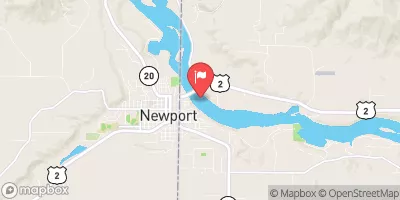 Pend Oreille River At Newport Wa
Pend Oreille River At Newport Wa
|
35500cfs |
 Priest R Outflow Nr Coolin
Priest R Outflow Nr Coolin
|
1930cfs |
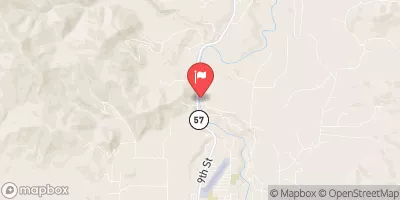 Priest River Nr Priest River Id
Priest River Nr Priest River Id
|
2540cfs |
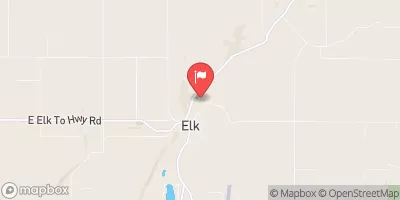 Little Spokane River At Elk
Little Spokane River At Elk
|
48cfs |
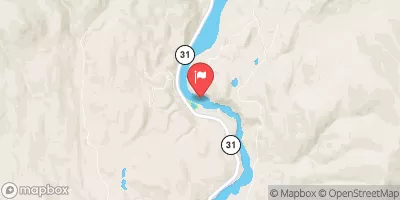 Pend Oreille River Below Box Canyon Near Ione
Pend Oreille River Below Box Canyon Near Ione
|
37200cfs |
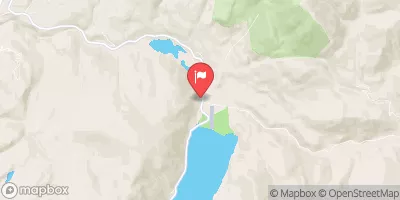 Outlet Creek Near Metaline Falls
Outlet Creek Near Metaline Falls
|
19cfs |
Angling Safety Guidelines
Check local fishing rules, seasons, size limits, and license requirements to ensure legal and sustainable angling.
Handle Fish Responsibly
Use wet hands, minimize air exposure, and release fish gently to improve survival rates when practicing catch-and-release.
Choose the Right Gear
Match your rod, line, and tackle to the species and conditions to increase success and reduce unnecessary harm to fish.
Respect the Waterway
Avoid disturbing habitat, prevent bank erosion, and keep a safe distance from spawning areas to protect ecosystems.
Keep It Clean
Pack out all line, hooks, bait containers, and trash—discarded gear can injure wildlife and degrade waterways.
Related Links
Area Campgrounds
| Location | Reservations | Toilets |
|---|---|---|
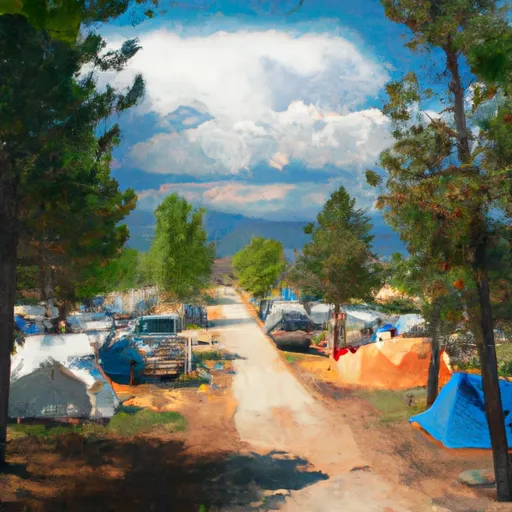 County Fair Campground
County Fair Campground
|
||
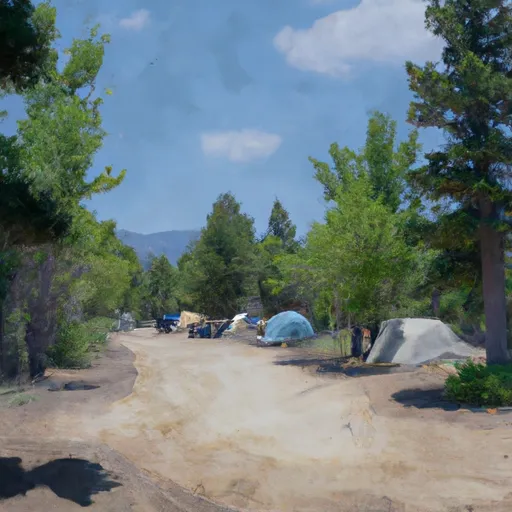 South Skookum Campground
South Skookum Campground
|
||
 South Skookum Lake
South Skookum Lake
|
||
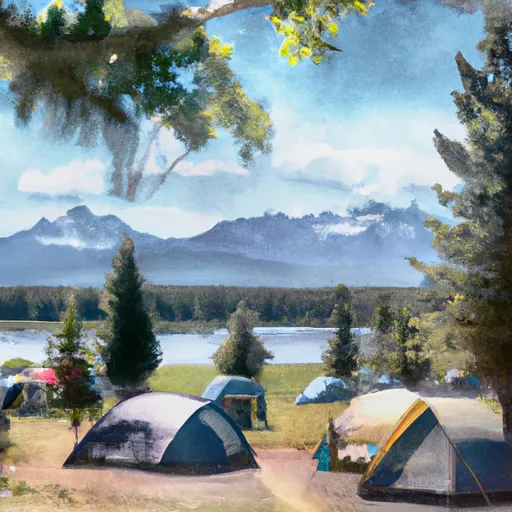 South Skookum Lake Campground
South Skookum Lake Campground
|
||
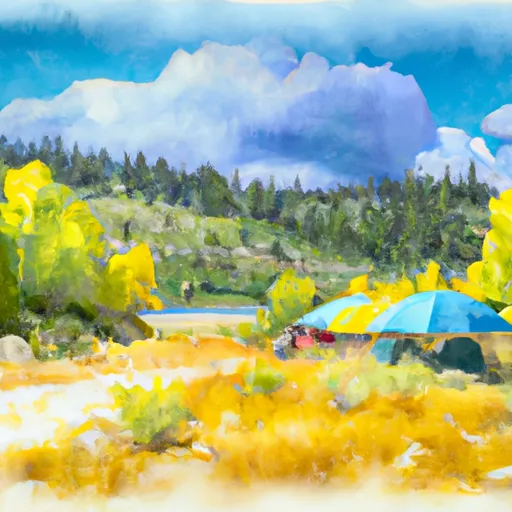 Browns Lake Campground
Browns Lake Campground
|
||
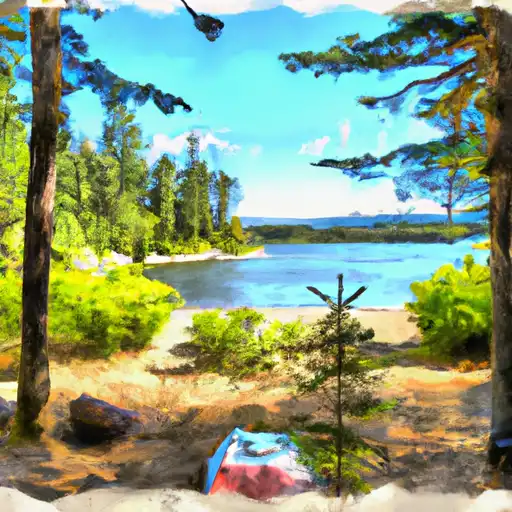 Browns Lake
Browns Lake
|

 Conger Lake Dam
Conger Lake Dam